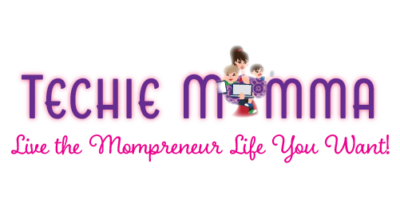Fortunately, there are strategies you can use to help get your products noticed in the online retail space. Here are five tips for getting started:
Leverage Influencers
One of the best ways to get your product in front of a new audience is by leveraging influencers. Influencers have large followings on social media and can help you get your message out to a wider audience. This is especially true if the influencer has similar interests to your product’s target demographic.
For example, if you’re making hand-crafted jewelry and selling it online, it would be smart to find an “influencer” with a large following who also makes jewelry or does something related (like blogging about DIY projects). The influencer might post about how much she loves her new necklace from your website—thousands of people will see it!
Use social media for business.
Social media is an excellent way to get noticed and gain customers. It’s also one of the fastest ways to build your brand, establish trust with customers, and connect with them personally.
Social media can be a handy tool if you’re looking for more traffic or just want to improve your eCommerce distribution channels. When done right, it can help build relationships that later translate into real sales.
Get creative about distribution.
Ecommerce is all about getting your product out to as many people as possible, and it’s important that you get creative about distribution so that you can be as efficient as possible.
For example, if you’re selling clothes, it might make sense to sell them in a store near the area where people who would buy those clothes live. That way, they don’t have to pay for shipping or wait a long time for their product.
But if you’re selling handmade candles online, it probably makes sense to use an online marketplace instead of trying to sell them through your own website or in a brick-and-mortar store. You will also want to ensure you get the best product from a reliable manufacturer. For example, you’ll want to ensure that you are selling gummy products and getting them from a reputable gummy making machine supplier.
Do your SEO homework.
Search engine optimization (SEO) is a critical aspect of eCommerce. It’s not just about keywords, and it’s not just about creating a site that ranks well in search engines like Google. Instead, SEO is about creating a site people want to visit, share and buy from.
A successful eCommerce distribution strategy requires the ability to optimize your products for search engines, but it also requires the ability to create content that attracts customers through social media channels like Facebook and Twitter.
Don’t forget direct sales.
Many sellers overlook direct sales as a path to distribution, but it can be a great way to get your product in front of an audience interested in what you’re selling. For example, direct sales help build brand awareness.
When people see that you offer more than just one item in person or online, they may become curious about what else is available—and the next time they want something similar, they’ll think of checking out what else is available at this particular store rather than going elsewhere first.


 BY TECHIE MAMMA
BY TECHIE MAMMA